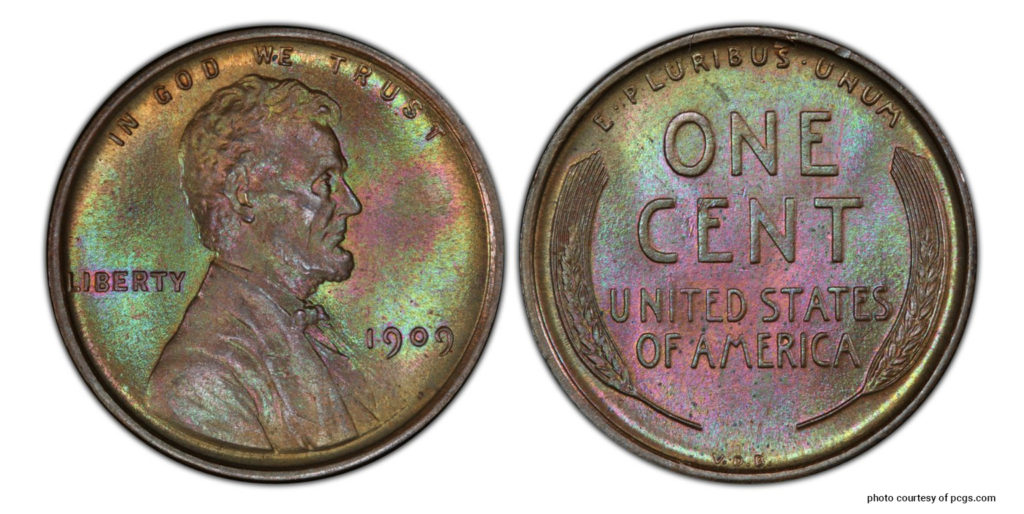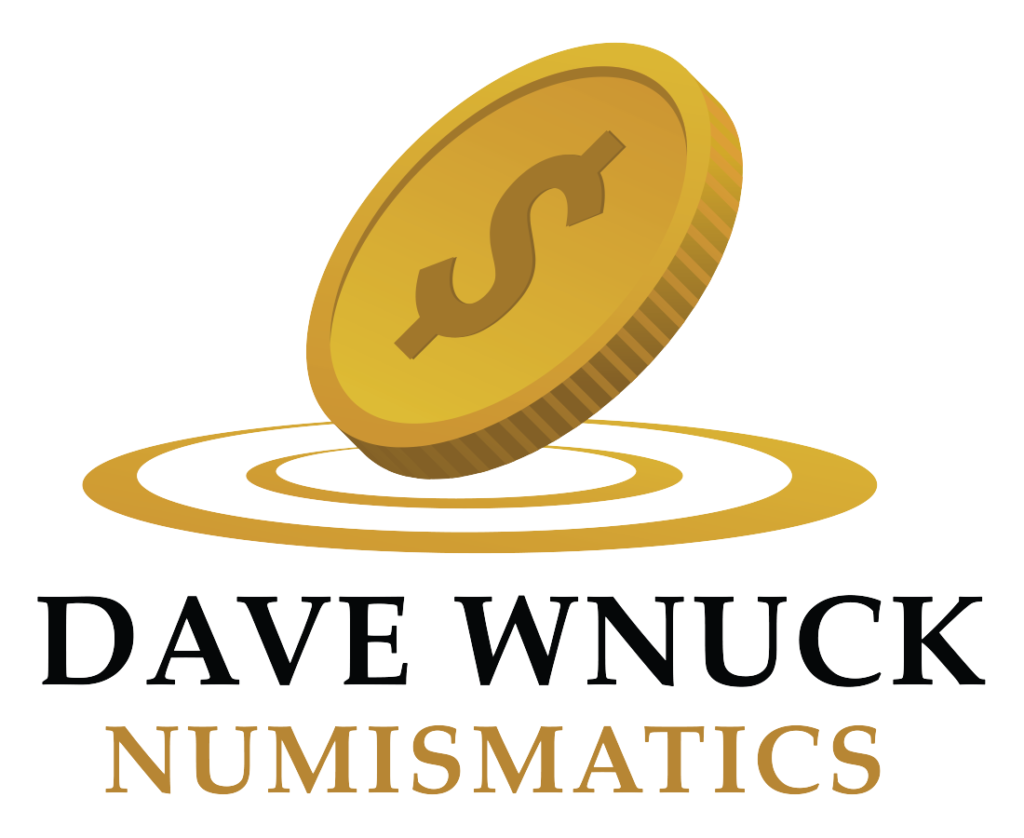Sometimes a big ego can pay off. At least for you if you have a 1909 VDB penny designed by Victor D. Brenner who added his oversized initials to the first Lincoln penny.
The public’s outrage over Brenner’s arrogance and attempt for free (and illegal) advertising was so strong, the US Mint removed the initials from the coin within days of its production, making any initialed pennies still in existence difficult to find.
Collectors have been chasing this rare penny ever since, and if you’re lucky enough to have one, Brenner’s big ego could be your big payday.
The story of how Brenner became involved in the minting process begins with a bas-relief that he had previously had made of Lincoln. It caught the attention of President Theodore Roosevelt who had been vocal in how he felt American coins were uninspiring and common, so, to celebrate Lincoln’s 100th birthday in 1909, Roosevelt commissioned the medalist to design the first American penny ever to feature an actual person.
Interestingly, one reason the VDB penny gained immediate popularity was because many Black Americans thought if it as “emancipation money” because of its portrayal of Lincoln. People waited in long lines to get them when they were first released. Once the (untrue) news got out that the coins were being recalled, the hoarding of these pennies began.
Today, there are several factors that determine the value of your 1909 VDB penny coin. First is the coin’s condition, which SomethingBorrowed.com designates as follows:
Uncirculated – Only the penny without signs of wear can be graded as the piece in mint condition. It never spent a day in circulation, and all the details, including Lincoln’s curls, are rounded and well-separated.
Extra fine – You can notice slight signs of wear over the coin surface appearing after a short time spent in circulation. You should look at the President’s curl and check if it is clearly separated from the larger hair part. The coin will get this grade when all hair details are well-separated.
Fine – Many of Lincoln’s design parts are flattened because of heavy wearing. You can notice merged forehead and curl, while many delicate details are lost over time. Brenner’s initials and the inscription E PLURIBUS UNUM are smooth but usually not entirely.
Good – It is the lowest grade for a collectible coin that spent years in circulation. Most hair details are flattened, and the penny looks worn out. However, thanks to the design depth, the Lincoln outline is still bold.
Next, they outline the five 1909 VDB Penny types as follows:
The VDB type produced in the Philadelphia mint with the designer’s initials (worth $3 on up)
The coin minted in Philadelphia with no initials (worth $1 on up)
The San Francisco mint produced VDB penny with the designer’s initials (worth several hundred dollars on up, if genuine)
The S Lincoln penny without initials (worth $50 on up)
The minting error from the San Francisco mint with the double-struck S (worth $60 on up)
Some of the VDB pennies with the highest value are the regular-issue proofs of the VDB Lincoln penny with less than 200 still in existence, especially in the red-proof grade (meaning untarnished and retaining it’s original color from when it was minted), of which only a few remain. According to SomethingBorrowed.com, the regular-issued proofs can bring a value in the range of $5000 to $25,000, but the red coins in the same conditions can bring twice that. Some of the highest grade examples of these coins can even reach between $150,000.
If you are fortunate enough to have a genuine 1909-S VDB Penny in your possession, I would be honored to appraise it for you to ensure you get every “cent” it is worth on the market.



